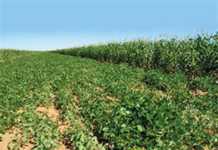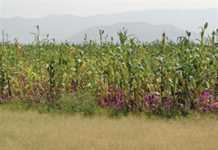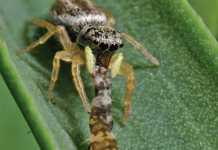Planting in crop residue, the Argentinian way
Co-operation between South African and Argentinian agricultural organisations has led to a series of multi-year trials in selected South African localities to compare Argentinian direct planting technology and conventional systems with those used in South Africa. Pietman Botha reviews the first year of the trials, which were launched in 2011.
Coming soon: hot weather lettuce production
‘Switching off’ a gene that slows germination in high temperatures will allow farmers to grow lettuce all year round.
Making strides in Striga control
A novel approach to controlling a destructive root parasite has produced good results with sorghum in Ethiopia, according to Robyn Joubert.
Breakthrough with red blotch disease in grapes
Scientists have identified a virus found in US vineyards as the culprit, and are certain it will be found worldwide.
African leafy vegetables: easy and sustainable
‘African leafy vegetables’ is a term used to describe indigenous, indigenised and recently introduced plant species collected by African women as a source of food for their families for centuries.
Clean, green image of biofuels questioned
UK researchers find that crop fuels produce more pollution than the plants they replace.
Flaxseed-fed cows have healthier milk – study
Scientists have discovered that supplementing cattle feed with flaxseed results in
less saturated fats.
Simple soil test promises to predict yields
An inexpensive new test may soon allow farmers to manage crops better and ascertain crop sizes accurately.
The tiny terror that’s a farmer’s best friend
Research has shown that spiders are the first predators to colonise newly planted lands. Best of all, they are pest control specialists, says Dr Ansie Dippenaar-Schoeman, specialist scientist at the ARC’s Plant Protection Research Institute.
‘Bug’ benefits weanling pigs
A bacterium provides energy to pigs during weaning which helps boost their immune systems and reduce infections.
New insecticides from sea anemone toxins?
The venom from Anthopleura may soon be used to develop environmentally friendly pest control and new medicines.
A fireproof house – made of straw
This unique design, using hay bales with fire-retardant cladding, can withstand the heat of the fiercest bushfire.









